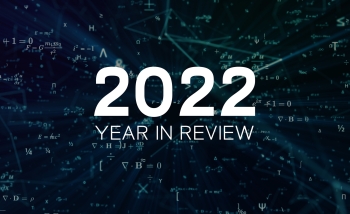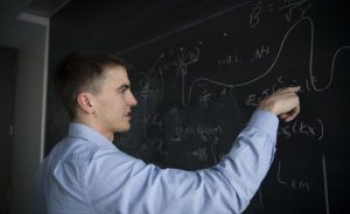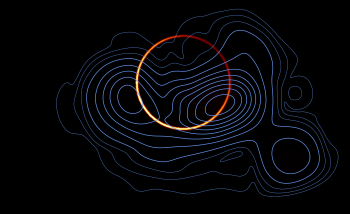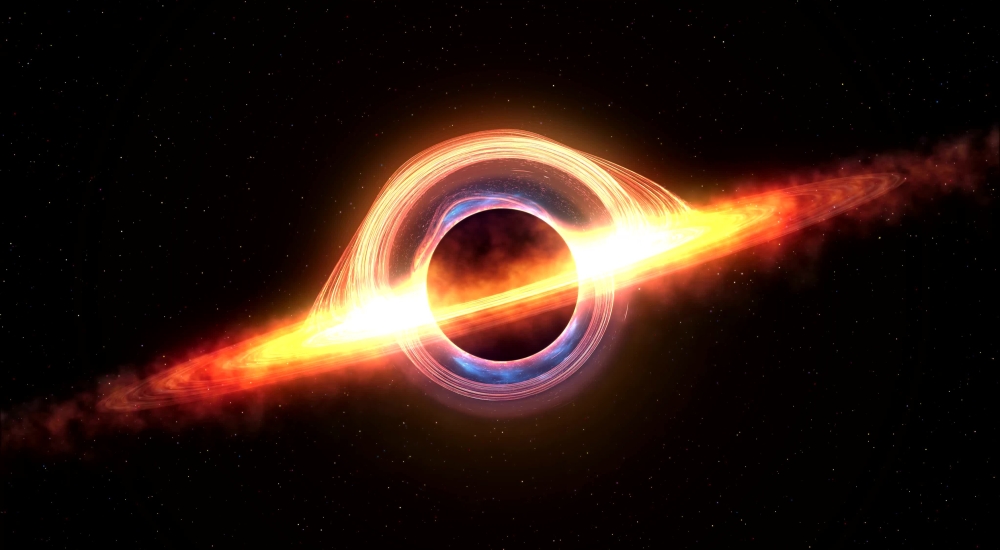While gravity pervades many research areas at Perimeter, strong gravity research pursues transformational discoveries by studying physical situations in which spacetime is strongly curved and/or highly dynamical, for example in the vicinity of black holes and other compact objects. Recent years have seen revolutionary advances on this topic, including the first detection of gravitational waves and the first image of a black hole’s event horizon, and Perimeter researchers have played a key role in these developments. For example, associate faculty member Avery Broderick’s group played a leading role in the Event Horizon Telescope (EHT) collaboration, in developing the theoretical and technological underpinning necessary to analyze and interpret their observations. Meanwhile, faculty members Luis Lehner and William East, associate faculty members Daniel Siegel and Huan Yang, and their groups have made wide-ranging contributions to predicting the multimessenger signals that may be expected from compact binary mergers, and developing new analysis techniques and other methods for leveraging these observations to extract astrophysical information and perform new physical tests.
Beyond their integral participation in the emergence of the era of direct near-horizon observation, researchers in strong gravity have led theoretical developments in gravity broadly. These contributions include using cutting-edge numerical tools to answer open questions in pure general relativity (e.g., the work by Lehner and Distinguished Visiting Research Chair Frans Pretorius determining the ultimate fate of the Gregory-Laflamme instability of a black string, or the recent work by William East, which finally sets to rest a long-standing proposal for how to violate cosmic censorship), to high-risk/high-reward topics (e.g., the work by strong gravity and particle physics researchers, on how black hole superradiance can be used to detect or place limits on the presence of ultralight bosons, or the work by associate faculty member Niayesh Afshordi’s group on the theoretical and observational possibility of ‘echoes’ hiding in the LIGO data). As such, Perimeter is poised to play a leading role in the emerging golden age of interaction between theory and observations in the study of gravity in its most extreme manifestations.
Perimeter's Strong Gravity group currently consists of two faculty members (William East and Luis Lehner) and three associate faculty members (Avery Broderick, Daniel Siegel, and Huan Yang), as well as two postdoctoral researchers and 11 PhD students. A number of the postdoctoral researchers in the past five years have gone on to, or will soon depart for, faculty positions, including Laura Bernard (Observatoire de Paris), Beatrice Bonga (Radboud University Nijmegen), Roman Gold (University of Southern Denmark), Nestor Ortiz (Universidad Nacional Autónoma de México), and Hung-Yi Pu (National Taiwan Normal University). The activities of this group are further enhanced by the tight connection between the strong gravity and cosmology research areas. Two faculty members listed in the cosmology research area, Latham Boyle and associate faculty member Niayesh Afshordi, are also active in strong gravity research. Perimeter’s rich and broad research environment also serves as a catalyst for collaborative activities with researchers in particle physics, quantum gravity, and quantum fields and strings.
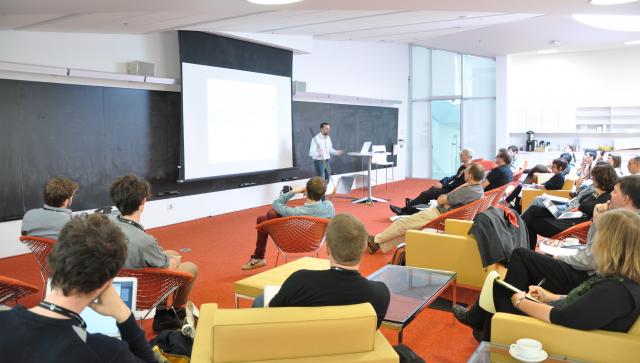
Strong gravity seminar series
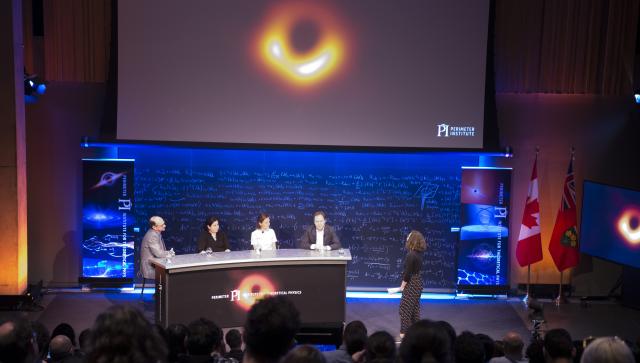
Strong gravity events
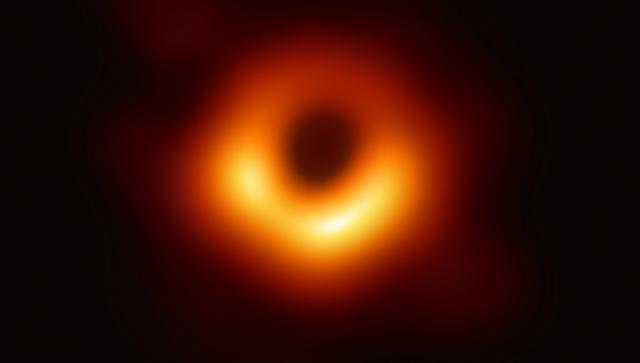
Research centres and initiatives
Strong gravity researchers
Les profils des personnes ne sont actuellement disponibles qu'en anglais.
-
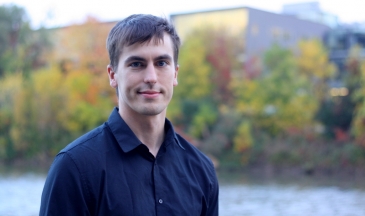
-
Luis Lehner
Research Faculty
Perimeter Research Chair
Carlo Fidani Rainer Weiss Chair in Theoretical PhysicsStrong GravityOther -
Luis Lehner
Research Faculty
Perimeter Research Chair
Carlo Fidani Rainer Weiss Chair in Theoretical PhysicsStrong GravityOther -
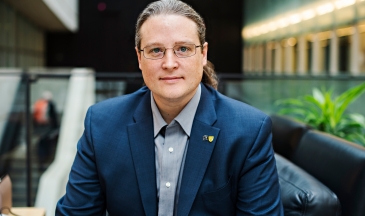
-
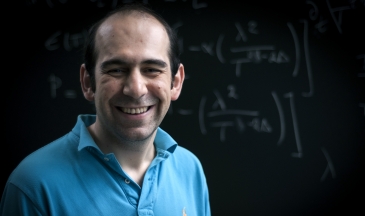
-
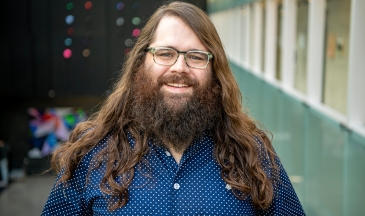
-
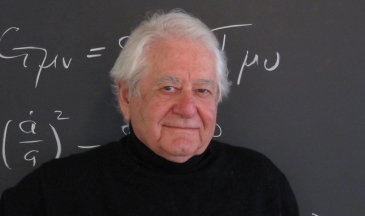
John Moffat
Research Associate
Senior Research AffiliateCosmologyParticle PhysicsQuantum GravityStrong Gravity -
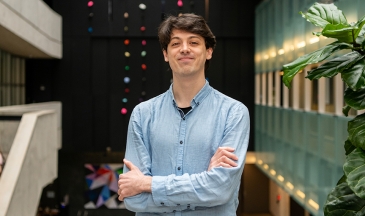
-

Strong gravity news
